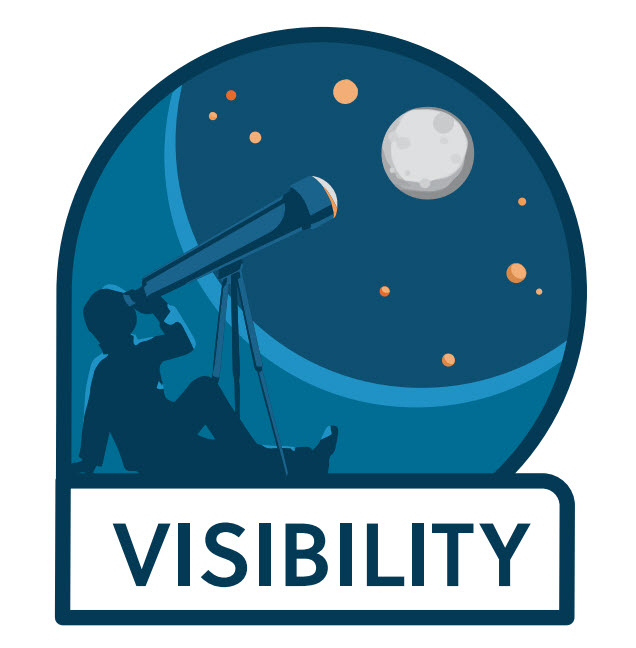Welcome! If you’re monitoring projects run by your department or use project data to make business decisions, this guide is for you.
LiquidPlanner will help you drive strategy, gain insights and plan your business.

As technology teams scramble to meet high expectations, business priorities and demands on shared resources keep changing at an ever-increasing pace. You need a project management system that helps teams conquer uncertainty and respond quickly to real world changes; a project management solution that is predictive, adaptive and captures the data you need to make better strategic decisions. LiquidPlanner can help.
How we help you:
We built LiquidPlanner driven by the belief that teams work best when they organize tasks by priority, make best/worst case estimates, and collaborate in one central location.
Using LiquidPlanner, you will be able to foresee risks in the schedule and pivot to head off delays and blown deadlines.
From following of project items to the comments stream, you’ll always know how projects are proceeding from the granular to the expansive.
Note: We recommend reading over the basics for an overview of how LiquidPlanner works.
Looking for a different user guide?
- If you manage a team or plan and monitor projects in LiquidPlanner, check out the User Guide for Managers »
- If you are a team member who will be using LiquidPlanner for task management, check out the User Guide for Team Members »
1. Gain Insights
Analytics. Your LiquidPlanner workspace holds a rich store of project data. From the Analytics tab, you’ll be able to create custom reports with this data to gain valuable insights that ultimately help you manage your projects more effectively. Slice and dice your data with Analytics Reports and uncover useful metrics with Baseline Reports that will help you plan future projects.
Workload Intelligence. Ensuring that everyone in your department has just the right amount of work isn’t always easy. LiquidPlanner incorporates your team’s workload in the scheduling algorithm, so it’s impossible to overbook people. Know who’s working on what and when it will be delivered. No more surprises. Check out the Project Workload and Resource Workload reports and review our reporting guide section for How’s my team doing?
2. Anticipate Risks
Be Proactive. LiquidPlanner gives you the information you need to successfully monitor and report on the health of a specific initiative or your entire project portfolio. Alerts automatically display as soon as risks surface so your team has time to mitigate them before it’s too late.
Stay Informed. Easily view risks to project scope, schedule, and budget all in one place. Browse our guide Data to Monitor and Analyze Projects for a look into LiquidPlanner’s expansive reporting options.
3. Drive Strategy
Dynamic Scheduling. For information to be actionable, you need it to be easily available and always updated. LiquidPlanner accomplishes this by providing instant insights from data visualizations and advanced reporting capabilities. Know if your project’s expected finished date has gradually increased over time. Understand what’s driving delays be it resource restraints or scope creep. LiquidPlanner will keep you update to date on all the factors that drive your company’s projects. Use LiquidPlanner data to build your strategy.
Extract & Share Data. Dashboards allow you to build high-level views that help you visualize your data and share information with workspace members and external collaborators. You can quickly create dashboards to oversee one project, one team or an entire portfolio of projects. Take a peek at our Dashboards Gallery and see how versatile dashboards can be to serve a specific audience
LiquidPlanner is unique in it provides benefits to both team members working on projects and upper management seeking data to help make informed business decisions. Continue exploring the Knowledge Base to discover more information about how LiquidPlanner can be a growth engine for your business.

